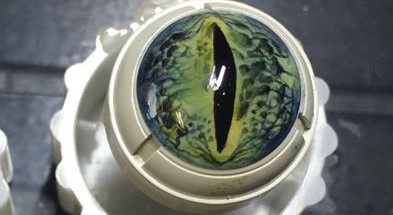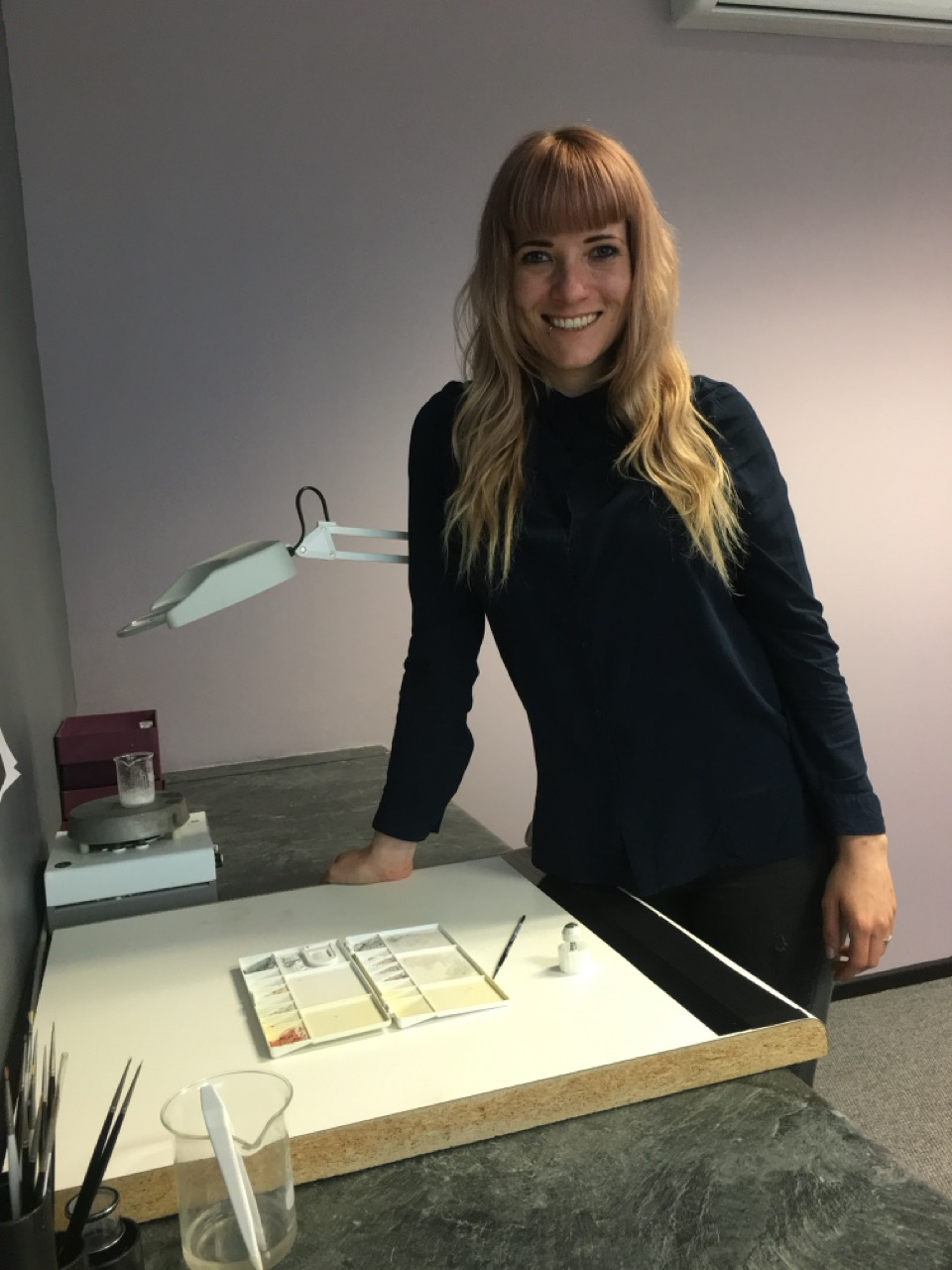
Fig.1 Bonita Lutzka painting a soft lens
When it comes to painting on a soft lens, I like to say anything is possible… with the exception of metallics. At The Contact Lens Lab of SA International, we mix our own pigments, resulting in a wide array of colours and, with the use of fine art paint brushes, we are able to meticulously and accurately hand paint our lenses and prosthetics.
As a young adult, I had a keen interest in the art of cosmetics and aesthetics. After graduating from Beauty and Cosmetology school, I furthered my studies in human anatomy, physiology and iridology. I was fortunate to be offered a position to learn the art of manufacturing a prosthetic eye from the late Jack Bernard. Jack, an esteemed Ocularist, was the pioneer of contact lens manufacturing in South Africa and first opened shop in the late 1950’s.
Early in my apprenticeship, Jack was consulting a patient who was being examined for a prosthetic eye. Jack was about to start painting the iris when he handed me the brush and told me to take over. It was a “sink or swim” moment that propelled me into what has now been a 17-year-long career and passion. From that day on, I painted all the iris buttons and have gained an expansive knowledge of the art and skills involved in manufacturing prosthetic eyes, from inception to completion.
In the early years that followed, our lab expanded into contact lens manufacturing. At this time, there were at most 14 Ocularists in South Africa, including myself, with no alternatives for patients whose eyes had not been eviscerated or enucleated. Realizing a gap in the market, we set out to meet the needs of these patients who had scarred eyes, but the eye was still of regular-shape-and-size. I embarked on a self-driven journey, sourcing dyes and partnering with developers to manufacture lenses to meet the demand of these patients, and with countless hours of trial, I perfected the art of hand painting contact lenses. I have since earned a credibility in the industry, and a sought-after skill-set in manufacturing prosthetic lens options for patients in South Africa and abroad.
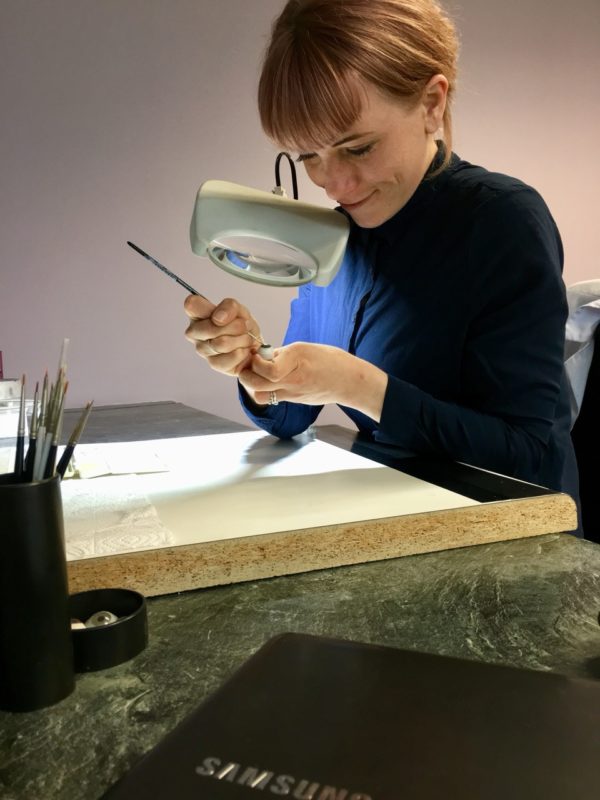
Fig.2 Hand painting a soft lens
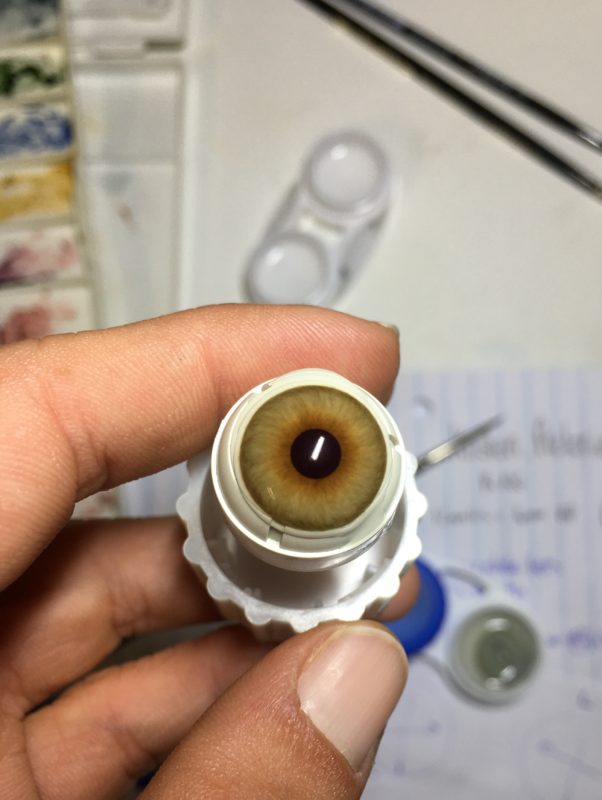
Fig.3 Light green soft prosthetic lens

Fig.4 Dark grey soft prosthetic lens
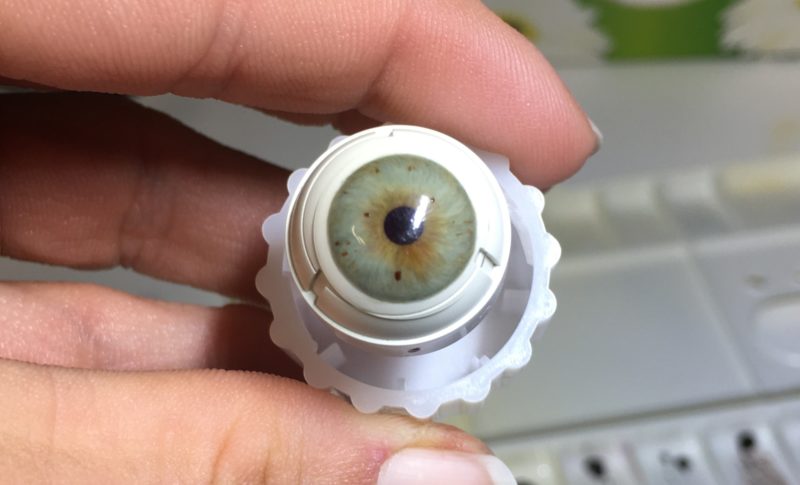
Fig.5 Light blue soft prosthetic lens
At The Contact Lens Lab of SA International, we exclusively use Contamac’s Contaflex range of materials in our lab for all our soft lens manufacturing. They have a wide selection to help us meet the specific needs of our Optometrists and their respective patients. I use the Contaflex 38% (polymacon) material to paint on due to the higher modulus making the lenses easier to handle.
Hand painted soft lenses are indicated for lighter eye colours where detail is needed within the iris. Painting one single lens can take upward of a full day to complete. There is so much detail in the iris that is not seen by the naked eye. I require specific photos of the patients’ healthy iris, in various lighting environments. This helps me see how the iris is influenced by the environment and to determine what base colour to use. Once I have the base colour, I begin the slow and meticulous process of hand painting, layer upon layer, until an exact replica of the natural iris is represented on the lens.
Below is an example of a patient with a scarred eye, he was fitted with a prism ballast black pupil prosthetic lens

Fig.6 Damaged eye no lens
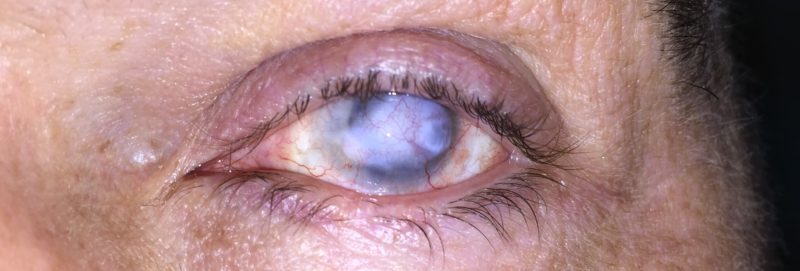
Fig.7 Damaged eye no lens

Fig.8 He was fitted with a trial lens with opaque iris and black pupil to check core alignment. The lens was not centering well. It was locating down inferiorly and temporally.
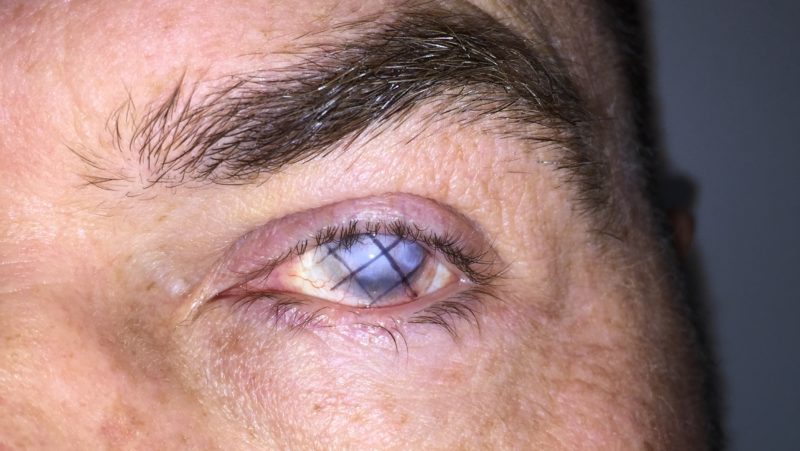
Fig.9 We then fitted him with a bigger 15.5mm prism ballasted lens with grid painted to help us check where the centre needs to be.

Fig.10 We manufactured the lens and added the opaque off-centre on the lens. Once fitted, we were happy with the results

Fig.11 I painted the final lens for him.
Darker irises are usually less complex. We have pre-tinted plain soft lens options that are more commonly used for dark brown iris lenses where not a lot of patterns are needed within the iris. These lenses take approximately 10 minutes to complete and are also a lot more affordable.
Below is an example of a basic tinted lens with no details

Fig. 12 Dark brown tinted soft prosthetic lens
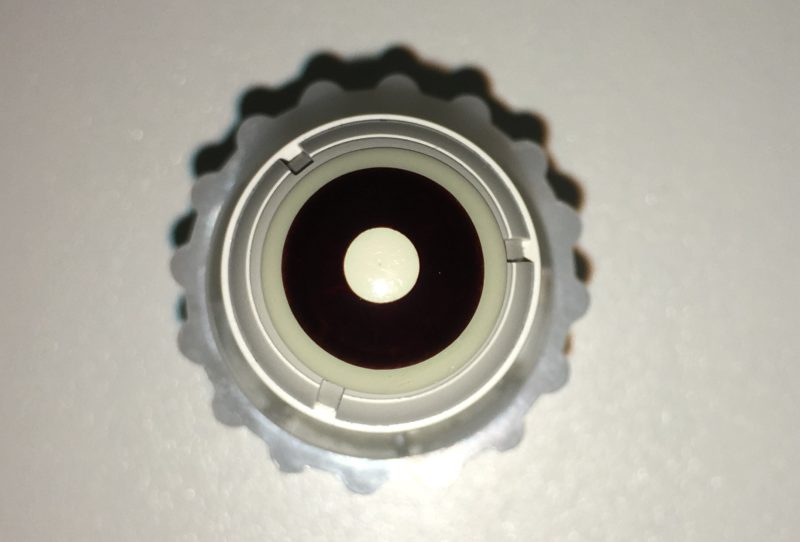
Fig. 13 Dark Brown tinted soft prosthetic lens with clear scripted pupil
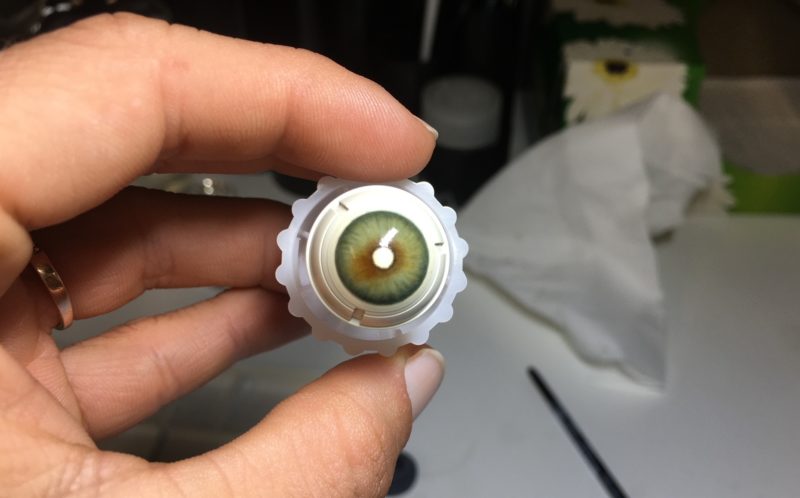
Fig. 14 Green hand painted prosthetic lens with clear pupil

Fig. 15 Dark green hand painted prosthetic lens with clear pupil

Fig. 16 Green painted prosthetic lens with clear pupil
We supply pinhole lenses indicated for albinism, coloboma or any iris abnormalities or defects. Patients with these disorders will experience a lot of light sensitivity and brightness; as a result, they could suffer from headaches and/or migraines. The pinhole lens helps by redirecting the light through the pupil opening, giving relief to these patients while the lens is in situ.
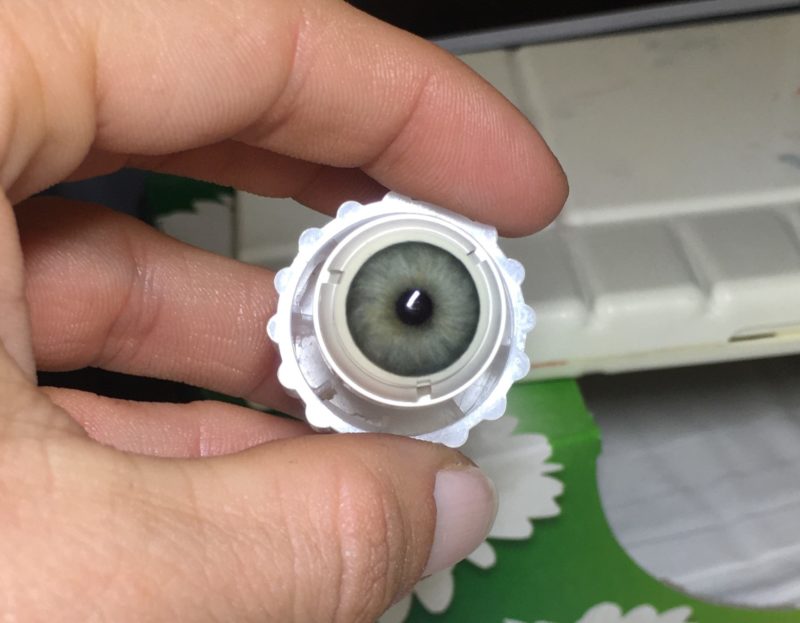
Fig. 17 Blue hand painted prosthetic lens with black pupil
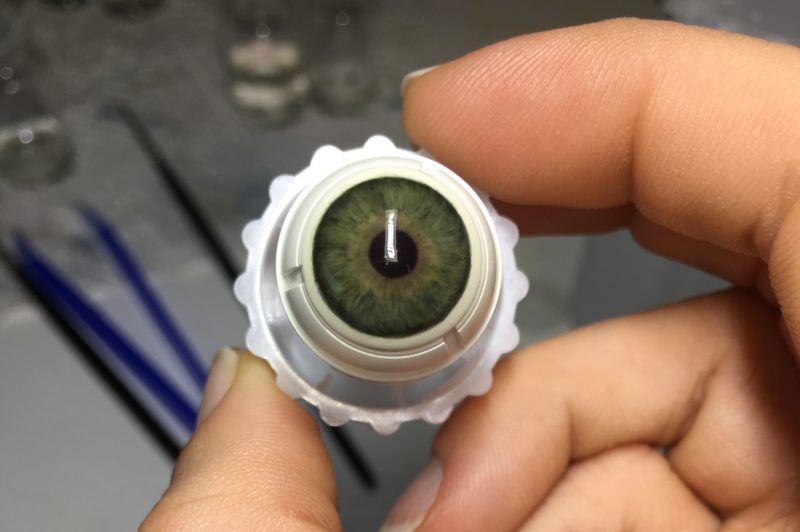
Fig. 18 Dark green/blue hand painted prosthetic lens with black pupil
We also supply lenses to cover corneal scarring, these have black pupils tinted. They can also occlude in cases of diplopia or in amblyopia training.
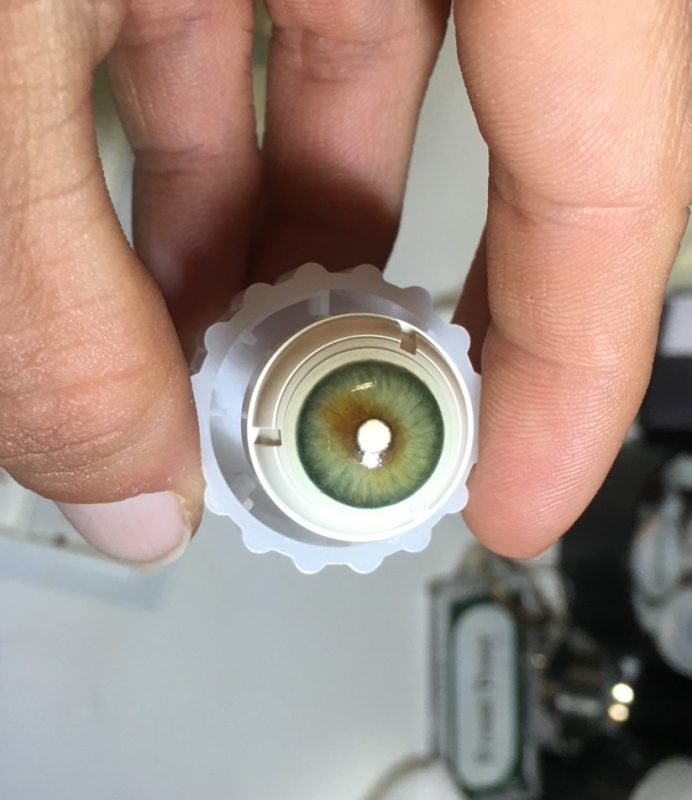
Fig. 19 Light green hand painted prosthetic lens with clear pupil
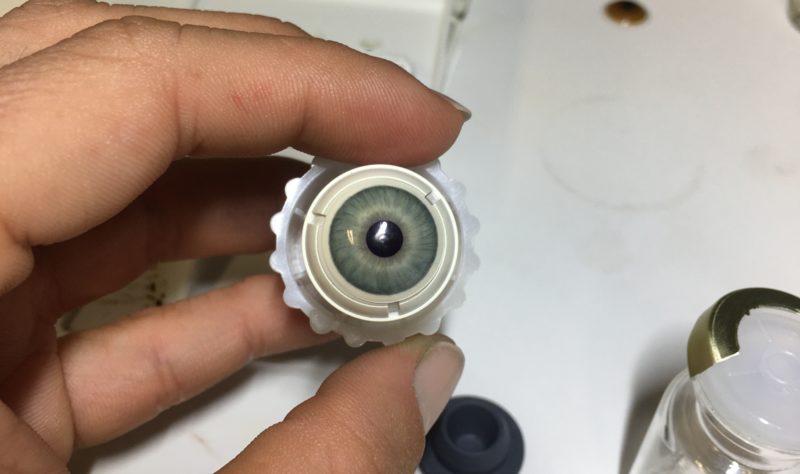
Fig. 20 Light blue hand painted prosthetic lens with black pupil
These are the most rewarding lenses to supply knowing it is going to change a patient’s life drastically. These patients are often told nothing can be done for them, they probably won’t believe you if you told them it could be masked, and they could look the same as they did before.

Fig. 21 Hand painted 22mm soft scleral lens with clear pupil for film
In addition to the rewarding service, we provide in changing the lives of those affected by eye abnormalities, we help make-up artists bring characters to life by painting special effect lenses for film. These are often unconventional and could be referred to as downright freaky-looking pieces of art, which makes them very exciting to paint. I have painted lenses for films such as Resident Evil, Raised by Wolves, Dark Tower, Long Walk to Freedom, Maze Runner, Warrior, and Scorpion King- Book of Souls, to name a few. Over the years I have developed a rapport with make-up artists and optometrists who work in the film industry, and I am often given free reign on design and lens artwork for their specific production and needs on set.
Special-effects (SFX) lenses can take a few days to paint depending on the intensity of the colours and how intricate the details need to be. There is a lot of detail that goes into making a vampire or werewolf eye look the way it does in a movie, and this is something that is not noticeable to the layman eye.
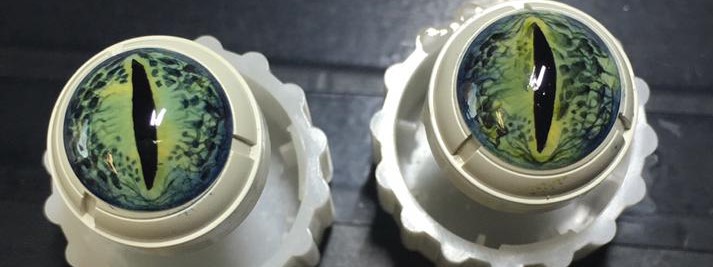
Fig. 22 Hand painted 15.5mm lens with clear pupil for film
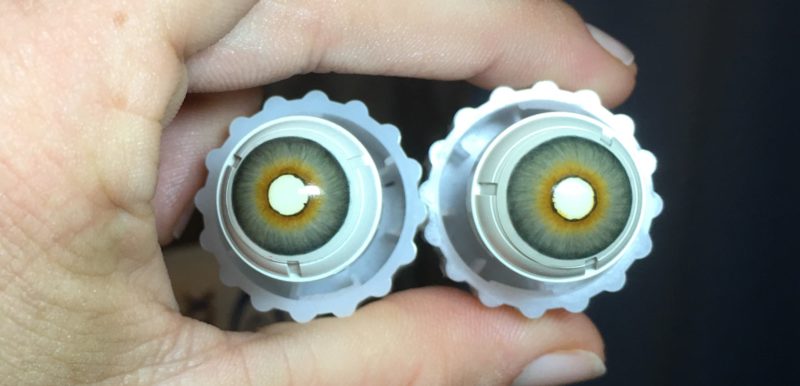
Fig. 23 Blue and orange pair of hand painted soft lenses for film
In my career, I have had the privilege to have a part in bettering peoples’ quality of life. I love art and healing and feel lucky I have found the perfect medium to pursue my interest in both.
I love what I do and look forward to seeing future advances in the contact lens industry worldwide.
